„Anti-age is more than just ... It is a critical examination of yourself, your own life and how you value it.“
JESAJA BRUCH
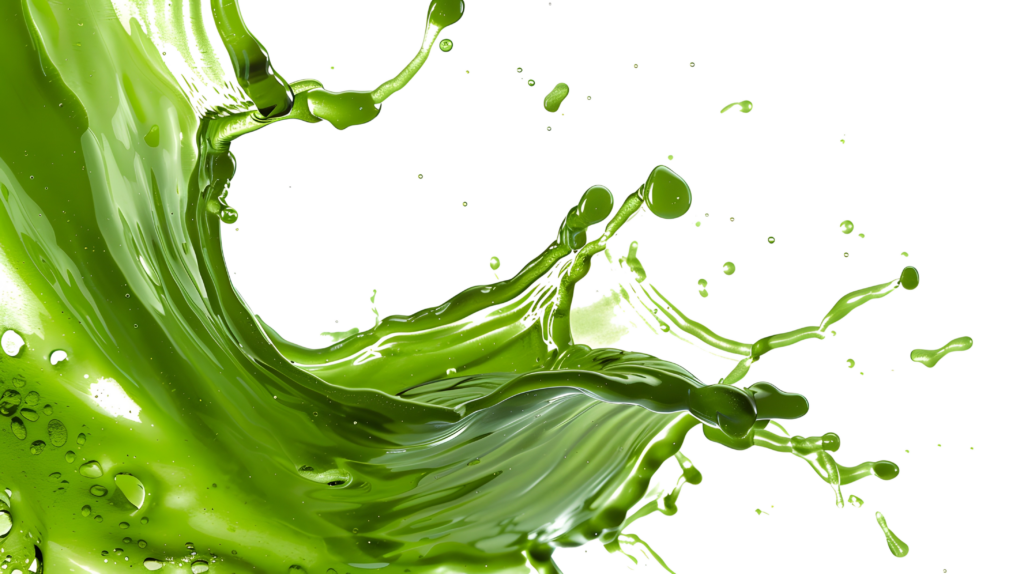
Skin care
is a question of beauty and health!
It aims to support our skin in its natural functions, moisturise it and strenghten its protective barrier. This enables it to better withstand numerous environmental stimuli such as UV radiation, air pollution, heating air, etc.
Skin care products should be adapted to the season. While lighter textures can be used in the summer months, products with a higher oil concentration and increased moisturising properties should be used in the winter months, as the skin tends to dry out and requires more care.
The product should suit your skin type. Do not overcare your skin! Don’t keep switching to new products! If you do decide to switch, try just one product. Bear in mind that switching products can cause skin irritation, especially at the beginning. Assess its effect after 28 days. This is the time in which the skin completely renews itself. This is known as the regeneration cycle.
Cleaning is essential. This is the only way to keep it healthy in the long term. Too frequent washing leads to a loss of the skin’s own substances. As long as the skin’s protective mechanism is intact, little can happen to normal, healthy skin. In this context the ph value plays a pivotal role. The physiological pH value is between 5.4 and 5.9. If alkaline cleansers are used too frequently, that means with a pH value significantly higher than this, it can quickly rise to an unfavourable range and cause a loss of the natural protective mechanism.
The skin barrier must be as intact as possible, only then particles can not penetrate it. We recommend moisturising the skin with suitable products and above all with plenty of moisture to prevent cracking.
Moisture equals water and water is an elixir of life – especially for the skin. To support our skin functions, drink 1.5 – 2 litres of water a day, especially if increased perspiration occurs.

Solar radiation
is part of electromagnetic radiation and reaches the earth’s surface in the form of electromagnetic waves with different wavelengths.
The effect depends in particular on the energy of the radiation (the shorter the wavelength, the higher the energy) and the absorbing structure.
It can be categorised into three main groups:
1. ultraviolet radiation
2. visible radiation
3. infrared radiation
1. ultraviolet radiation
has a wavelength of 100-400 nanometres (nm = 10-9m).
Four per cent of solar radiation is UV radiation. A distinction is made between three types of UV rays:
UV-A (320-400 nm) radiation
hits 100 per cent of the earth’s surface in a cloudless sky. It penetrates deep into the dermis, where it primarily causes oxidative stress. This is caused by so-called free radicals. These are reactive oxygen compounds that damage (skin) tissue, collagen and elastin. The long-term consequences of UV-A exposure are characterised by dryness, pigment shift and wrinkling. This is known as photoaging. UV-A radiation increases the risk of black skin cancer, or melanoma. In the eye, it penetrates the lens and 1-2 per cent even reaches the retina. The risk of glaucoma is increased with prolonged exposure.
UV-B (280-320 nm) radiation
90 per cent of it is filtered by the ozone layer in the earth’s atmosphere and 10 per cent reaches the earth’s surface when there are no clouds. It penetrates the skin less deeply than UV-A radiation; it causes tanning and sunburn. With long-term exposure, it leads to reddish, firmly adhering roughness, actinic keratosis, the precursor of light-coloured skin tumours such as squamous cell carcinoma. In the eye, UV-B radiation penetrates to the lens of the eye.
UV-C (100-280 nm) radiation
is absorbed in the atmosphere by the ozone layer and does not reach the earth’s surface. Like UV-A and UV-B radiation, UV-C radiation can also be generated artificially. Artificial UV-C radiation is used to disinfect surfaces. It penetrates the cornea. In the eye, it reaches the cornea and conjunctiva.
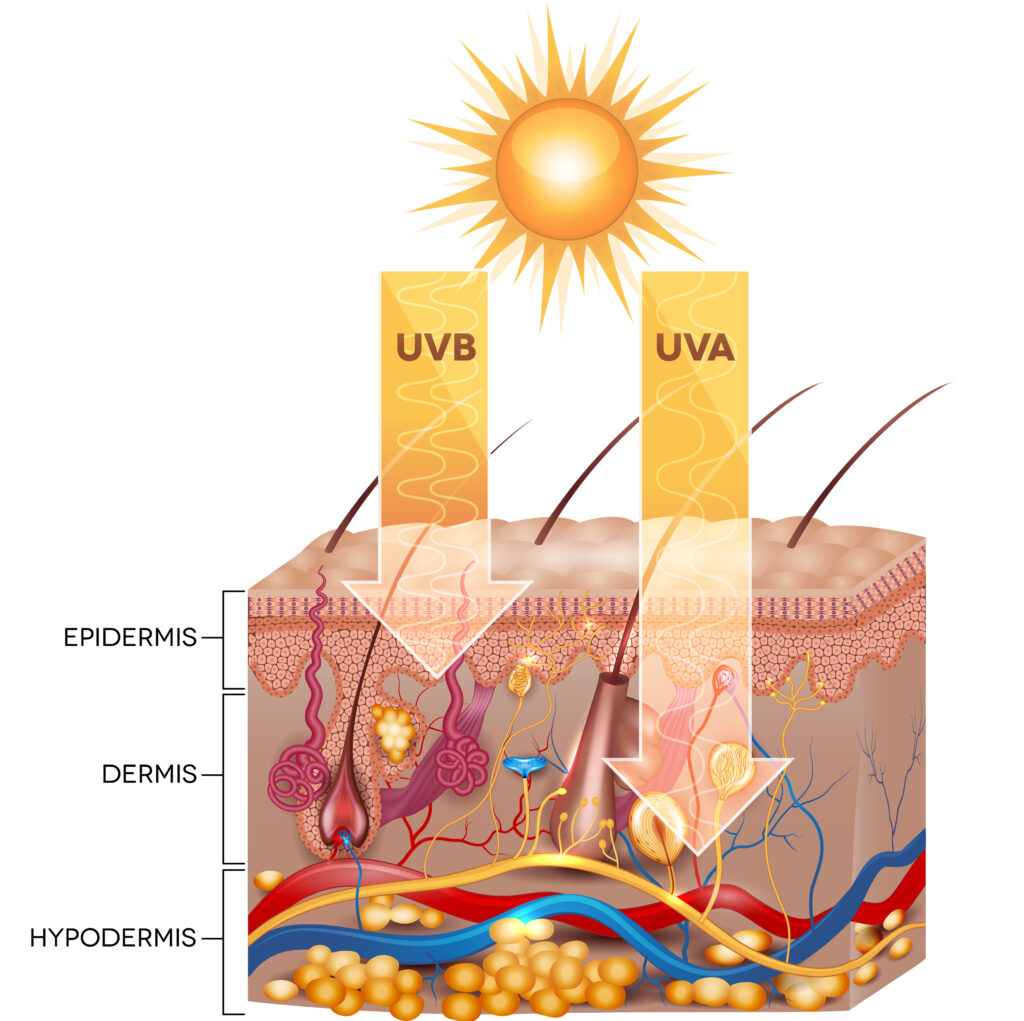
The higher you are above sea level, the stronger the UV radiation. The atmosphere is thinner in the mountains. Therefore, the UV rays are also less filtered. The intensity of the radiation and therefore the risk of sunburn increases. If there is snow in the mountains, special care must be taken as it reflects up to 90 per cent of UV radiation. Water and sand also reflect the sunlight and thus increase the UV radiation. The closer you are to the equator, the higher the UV exposure. The shorter the distance travelled by UV rays through the atmosphere, the greater their intensity (at the North and South Poles they are around 1000 times weaker than at the equator).
If you expose yourself to the sun’s rays completely unprotected, you run a correspondingly high risk of sunburn, depending on your skin type, current UV index (measured values can be found online) and the duration of exposure.
Basically, the higher the UV index, the stronger and more harmful the radiation.
UV filters offer effective protection. Pay attention to its broadband effect against UV-A and UV-B radiation.
UV filters are divided into mineral and chemical filters.
Mineral UV filters such as titanium dioxide (TiO2) and zinc oxide (ZnO) are natural, well tolerated and hardly cause any allergies. They lie on the skin and consist of tiny particles that absorb and reflect the radiation. Their disadvantage is that they leave a visible veil on your skin.
Manufacturers have started to reduce the substances even further down to nanoparticles in order to minimise the fog effect as far as possible. Under certain circumstances, nanoparticles could be absorbed into the body and deposited there.
Chemical filters penetrate the skin and convert the radiation into heat. They offer good resistance to water and perspiration. They also leave no white streaks. However, stains on clothing can occur. Some of them are suspected of having a hormonal effect. Some also damage the marine ecosystem and lead to coral bleaching in particular. As a result, Hawaii has banned oxybenzone and octinoxate by law. Palau, on the other hand, has banned oxybenzone, octocrylene, parabens and triclosan.
UV-filters remain on and in the skin after moisturising. According to current knowledge, the estimated intake levels in humans are low, so that a health risk is unlikely.
Do not use harmful filters such as benzophenone-3, -4, -5, ethylhexyl dimethyl PABA, homosalate, octocrylene, isoamyl methoxycinnamate, 4-methylbenzylidene camphor, octyl methoxycinnamate, Bis-Ethylhexyloxyphenol Methoxyphenyl Triazine, Acrylates/C12-22 Alkyl Methacrylate Copolymer, Methylene Bis-Benzotriazolyl Tetramethylbutylphenol (Nano) and Tris-Biphenyl Triazine (Nano).
We recommend the use of:
- Bis-Ethylhexyloxyphenol Methoxyphenyl Triazine
- Drometrizole Trisiloxane
- Terephthalylidene Dicamphor Sulfonic Acid
- Ethylhexyl Triazone
- Butyl Methoxy-
dibenzoylmethane - Diethylamino Hydroxybenzoyl Hexyl Benzoate
- Diethylhexyl Butamido Triazone
- Phenylbenzimidazole Sulfonic Acid
- Phenylene Bis-Diphenyltriazine
- Methoxypropylamino Cyclohexenylidene Ethoxyethylcyanoacetate
The information can be found on the packaging under Ingredients.
The sun protection factor
abbreviated Spf (sun protection factor), indicates the time in which you are protected from sunburn in the sun, the longer than you would be without Spf. For example, if you can stay in the sun for 30 minutes without getting sunburnt if you apply a UV filter 20, you will be protected from sunburn for twenty times longer than you would be for 30 minutes. So 600 minutes in total. Unfortunately, however, these are only indicative values. Repeated reapplication after a few hours is necessary to ensure adequate protection, as sun protection products are generally applied far too scarce.
The number of the filter indicates the protection against UV-B radiation. The UV-A filter is one third of this.
Sun cream is the last step in your skincare routine!
The best sun protection is achieved with covering clothing. The stronger the colour and the thicker the material, the better the protection. Synthetic and semi-synthetic fibres such as polyester or viscose provide better protection than light cotton, crepe or silk, for example. A loose fit is better than tight fit. Shade-providing headgear and sunglasses with UV protection are essential in the summer months!
2. visible radiation
shows a wavelength of 400-800 nm. It is visible but not perceptible.
Fifty-two per cent of solar radiation is visible radiation. This is visible light. It enables us to recognise shapes and colours.
3. infrared radiation
has a wavelength of 800-1400 nm. It is invisible but perceptible.
Forty-four per cent of solar radiation is infrared radiation. This is the perceptible heat.
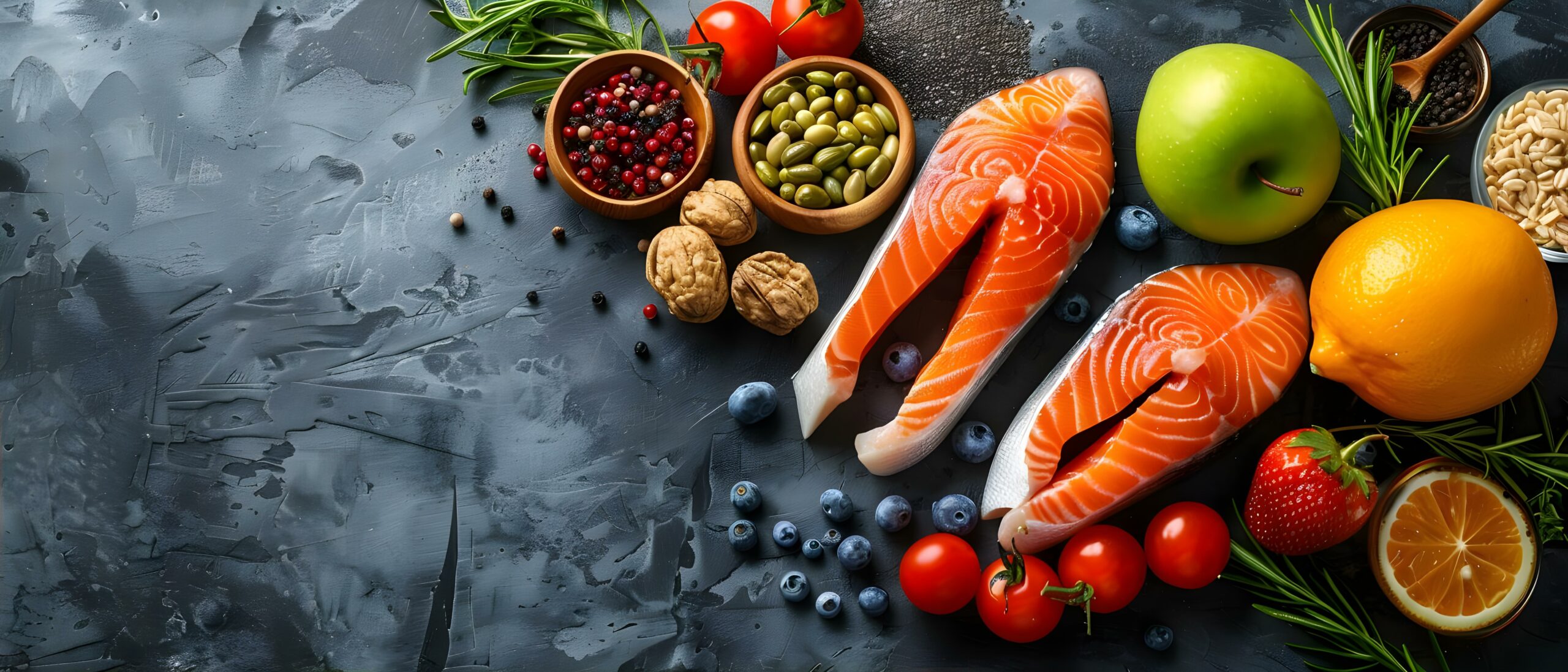
Nutrition
supplies the human body with energy and, at best, keeps it in good health and vitality. It helps to protect against deficiency symptoms, illnesses and harmful metabolic products. These include so-called free radicals. These are highly reactive oxygen compounds that attack and damage the tissue. This phenomenon is known as oxidative stress. Free radicals are produced in organisms by internal and/or external factors, such as chronic inflammation, medication, stress, UV radiation, cigarette smoke and environmental toxins.
Antioxidants, including vitamin C, vitamin E, coenzyme Q10, numerous secondary plant ingredients and trace elements such as selenium, zinc, manganese and copper protect by forming a bond with free radicals and thus rendering them harmless.
Fruit, especially blueberries, vegetables, especially peppers and broccoli, unrefined cereals, pulses and high-quality vegetable oils are particularly rich in antioxidants. Omega-3 fatty acids, such as those found in oily fish like salmon, mackerel, herring, sardines and anchovies, are particularly important for healthy and strong skin.
Eat a healthy, fresh and balanced diet! You will no doubt have heard of the so-called food pyramid.
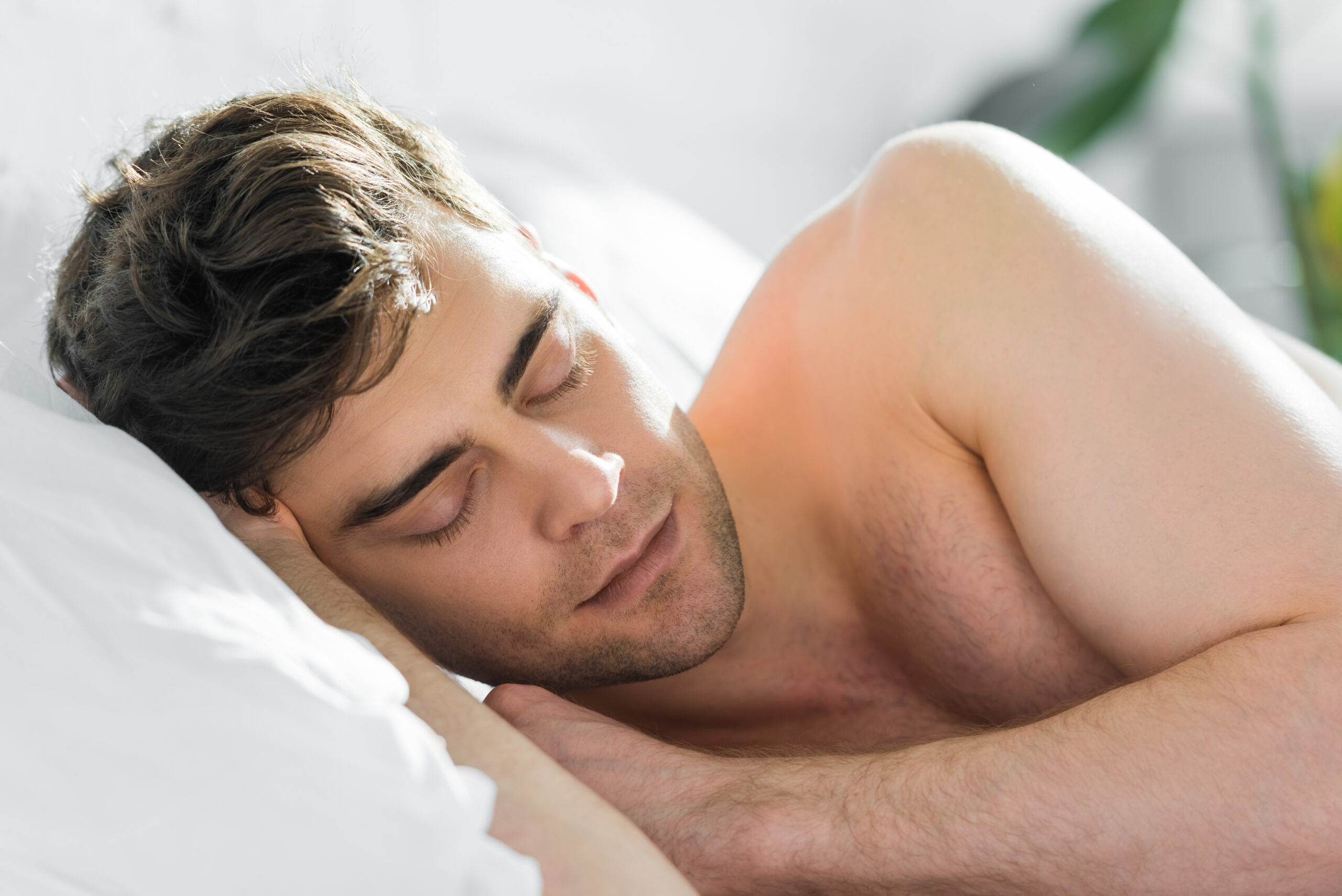
Sleep
When we sleep at night, our skin renews itself, repairs damage and replenishes water reserves. Become beautiful and healthy when sleeping therefore is more than just a saying. Poor sleep is unhealthy in the long term. Restful sleep lasts around seven to eight hours. To ensure that you fall asleep and stay asleep, exercise regularly during the day, preferably in the morning light. Favour light meals in the evening. Get some rest. Avoid large amounts of alcohol and other drugs, especially in the evening. Maintain a small ritual such as drinking a non-stimulating tea blend, lemon balm, valerian, lavender, lime blossom, St John’s wort and hops are particularly suitable.
Dim the light and, if necessary, swap cold light for warm light. Create a pleasant atmosphere. Always go to bed at the same time and always get up at the same time. The bed is intended exclusively for sleeping and sexual activity. Only lie down for up to 30 minutes during the day if you have to. The time you sleep during the day will be missed at night. If you cannot fall asleep, get up for 10-15 minutes and drink a glass of warm milk with a spoonful of honey. Eliminate triggers for inner restlessness and brooding. Switch off external disruptive factors.

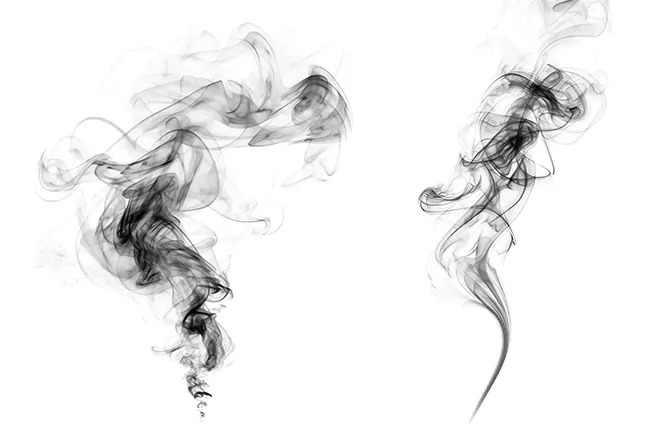
Smoke
has a complex effect on human skin due to various mechanisms. Not only the skin cells themselves, but also immune cells and neuronal cells are targeted by the numerous ingredients of tobacco smoke. In addition to accelerating ageing processes, the clinical focus is on influencing inflammatory processes (psoriasis, acne inversa) and, above all, the carcinogenic, that means cancer-causing, effect of tobacco smoke.
The most frequent and most visible consequence of smoking is premature and increased skin ageing. A “smoker’s face” is characterised by significant wrinkling, protrusion of the bony structures and a greyish, sometimes blotchy discolouration with an increase in so-called actinic elastosis. This is characterised by a loss of elastic and collagen fibres in the dermis as well as impaired blood circulation caused by smoking. This visibly worsens the skin structure.
The extent of the structural changes correlates with the number of cigarettes and the number of years smoked (so-called pack-years). The risk in this respect appears to be greater in women. A twin study showed that the lower two thirds of the face in particular are more severely affected than the upper third in smokers with more than five pack-years. There was an increase in static, but not dynamic wrinkles, an increase in blepharochalasis, “bags under the eyes”, the nasolabial fold and the perioral pleats, i.e. around the mouth (taken from ärztliches-journal.de).
Environment
Pets should be regularly examined for skin diseases such as mycosis and bacterial infections. These can be transmitted to humans and manifest themselves in the form of blotchy and scaly patches.
Our skin is more or less always exposed to pollutants in the form of small suspended particles in the air and environment. The most common irritants include volatile organic compounds (VOCs), polycyclic aromatic hydrocarbons (PAHs), oxides, ozone (O3) and particulate matter (PM2.5 and PM10). They promote oxidative stress through the formation of free radicals. Lipids of the skin barrier and connective tissue are thus attacked and moisture is lost. Foreign bodies can penetrate more easily. An impaired skin barrier can lead to increased sensitivity, an unpleasant skin sensation and accelerated skin ageing.
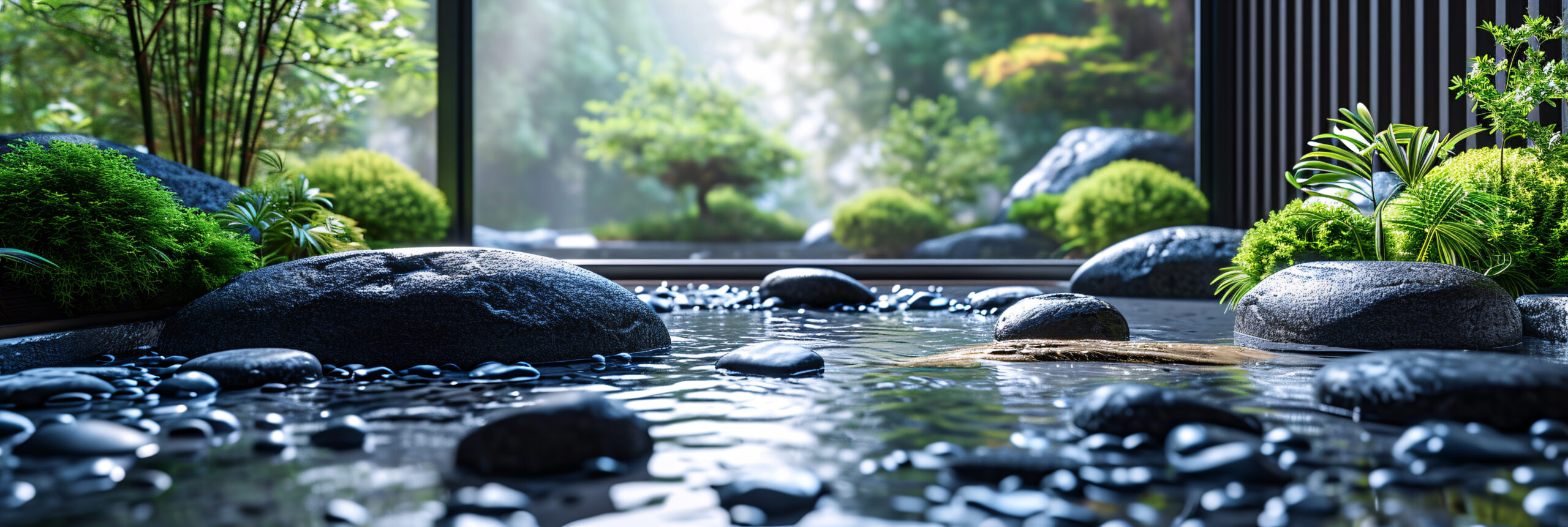
Wellness
Treat your skin, your body and your soul to a soothing break from time to time. Dysstress, That means stress that causes illness, not only manifests itself physically and emotionally, but also leaves its mark on our skin.
It is no coincidence that the skin is called the mirror of our soul.
